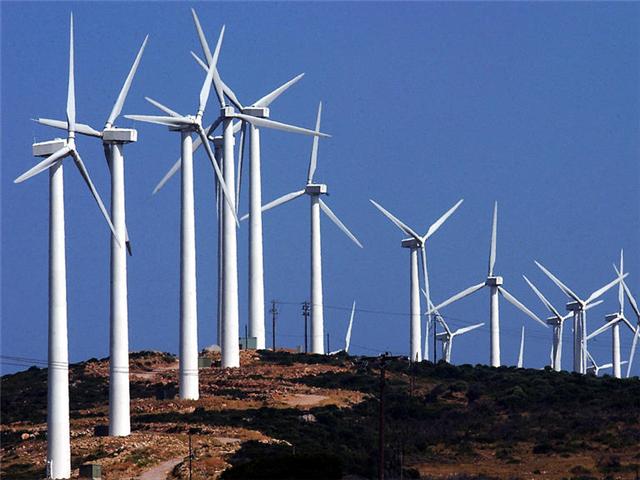Wyoming Wind Power and California Electricity
Legal Planet: Environmental Law and Policy 2014-02-14

A company wants to build a lot of wind power in Wyoming. A lot. 3,000 megawatts. The size of three nuclear reactors. And ship all of the power to California. None of it will be used in Wyoming, where electricity primarily comes from coal, and where the state has been strongly resistant to various policies to encourage renewable power, such as renewable portfolio standards.
There are some critics of the deal in California, who argue that we should keep “green jobs” in state rather than shipping them out to Wyoming. That argument seems misguided to me – and not just because the wind power in Wyoming would be reliable, helping to dampen the variability of renewable production in California that might limit the state’s ability to further increase renewable electricity production.
The problem of climate change is a global one. All of our efforts here in California will not be able to solve them on their own. That does not, however, mean that our efforts in California are for naught. There are a range of reasons why it might make sense for individual states to take steps to address climate change, even though it is a global problem. One of those reasons is one that I’ve explored before on this blog and in my scholarship: If you start passing laws and implementing policies that encourage the growth of a renewable power industry, over time you will create political support for additional laws and policies that further encourage more renewable power. In other words, politics is a dynamic process. We might pass a law or implement a policy not necessarily because of how much impact it might have today, but because of how it might shape the political landscape in the future, allowing us to do much more important actions down the road.
California’s decades-long process of nurturing its renewable energy industry arguably was a big reason why a 2010 effort to repeal AB 32 (California’s greenhouse gas regulatory statute) failed – as I discuss here. But the impacts of California’s policies will go beyond its borders. California’s demand for renewable energy has inspired significant investment in renewables in Oregon and Washington. And this project promises to do the same in Wyoming. Over time, those investments will produce revenues and jobs – those in turn will sustain and grow interest groups with a stake in expanding the growth of renewable power, so that they can obtain more revenues and jobs. If there’s a giant wind power project in Wyoming paying lots of property taxes and providing for jobs, that may overtime change the political landscape in Wyoming. Now there are people and corporations and communities that benefit from renewable power, and may want to benefit even more from more renewable power. They might push for a renewable portfolio standard – even in Wyoming. And if Wyoming’s politicians at the state and federal level start supporting renewable energy, then the political dynamic will really shift, at both the state and federal level. And that, ultimately, is far more important than whether we get some extra green jobs here in California.